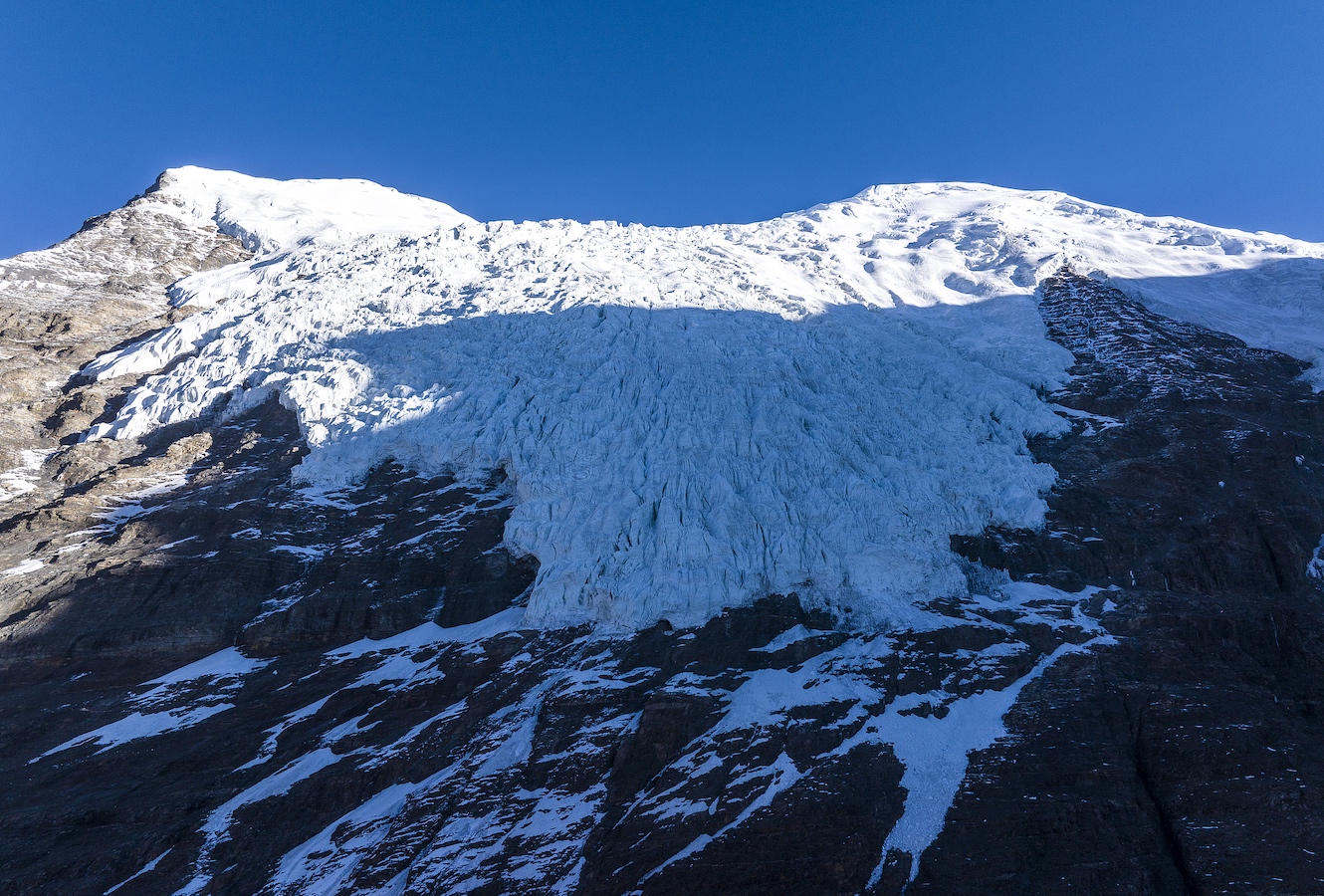Earth's 'cold storage': Glacier conservation and global action

The Karola Glacier in Xigaze City, Xizang Autonomous Region, southwest China, March 15, 2025. /VCG
Editor's note: Glaciers are a vital component of the climate system, profoundly influencing global climate change and serving as crucial recorders and early warning systems. They play an essential role in maintaining global climate balance, providing freshwater resources, and supporting ecosystems. However, due to the impact of global warming, glaciers are melting at an unprecedented rate. The 77th session of the United Nations General Assembly adopted a resolution declaring 2025 as the International Year of Glaciers' Preservation (IYGP) and designating March 21 each year, starting from 2025, as the World Day for Glaciers. Wang Feiteng, a researcher at the Northwest Institute of Eco-Environment and Resources of the Chinese Academy of Sciences, deputy director of the State Key Laboratory of Cryospheric Science and Frozen Soil Engineering, and director of the Tianshan Glaciological Station, has been engaged in glacier research for 20 years. In this article, he shares his memorable field observations from annual scientific expeditions, as well as his reflections and recommendations in the field of glacier research and conservation. The article reflects the author's opinions, and not necessarily those of CGTN.
Since joining glacier research in 2005, I have ventured into the field nearly every year to observe and document changes in glacier length, area and other key aspects. Two decades of firsthand experience have allowed me to witness the dramatic retreat of glaciers, with many small glaciers completely disappearing. For example, during my first expedition to the No. 1 Glacier at the headwaters of the Urumqi River in Xinjiang Uygur Autonomous Region in 2005, the area between its eastern and western branches was still covered in thick snow. Today, the mountain is exposed due to the glacier's annual retreat of 5 to 8 meters, turning once-pristine observation points into bare rock or glacial debris. Similarly, the No. 17 Glacier in Dagu, Sichuan Province, has shrunk from 0.05 square kilometers in 2020 to just 0.03 square kilometers by 2024. It is expected to split into two smaller glaciers within two years and may disappear entirely before 2030. These changes not only highlight the loss of data but also underscore the profound impact of global warming on the ecological environment.
Eighty percent of China's glaciers are small, particularly those under one square kilometer, which are highly sensitive to temperature fluctuations. Recent research from the Tianshan Glaciological Station of the Chinese Academy of Sciences shows that, regardless of future climate changes or increased precipitation, glaciers smaller than 0.5 square kilometers in northwest China's arid regions will disappear by mid-century. This prediction, based on long-term data and glacier dynamics models, suggests that the retreat of China's glaciers has entered an irreversible phase, with significant implications for regional water supply, ecological stability, and the risk of geological disasters.
